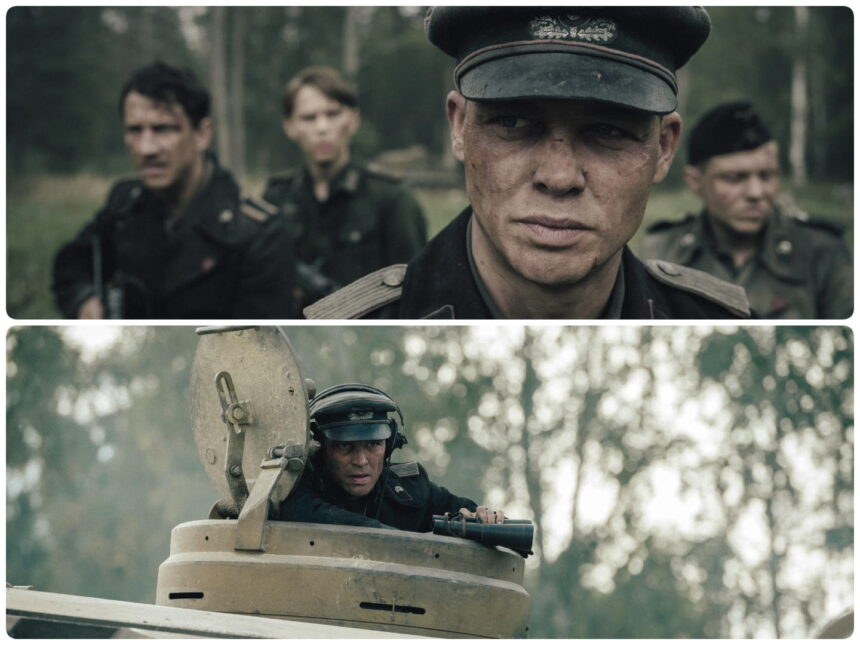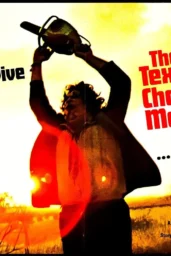The trailer for Der Tiger hit like a shuddering pulse—cold metal, whispers of paranoia, war fatigue built into rust-slick interiors. The tagline—“The enemy knows we're here. Is that not clear to you?”—echoes over guttural tank engines and shadowed visages inside a Tiger tank. From the first frame, you're claustrophobic.
Cut to: Autumn 1943, Eastern Front. A five‑man Wehrmacht crew hurtles into enemy territory under secret orders. The trailer cuts between tense close‑ups—eyes darting, sweat under helmets—and wide, muddy landscapes that swallow the tank whole. Meth pills change men: one hand trembles over a lever, another clutches binoculars with shaking intent. Sound design? Sparse, mechanical. A distant rumble becomes oppressive drum. The music builds slowly—industrial but minimalist, minimal strings—so you sense dread more than hear it.
Editing: disquieting rhythms. The tank interior scenes flicker; external shots bring in haunting silence pierced by artillery booms. There's a moment where a crewman stares at a flickering map—his face half‑lit—like he's seeing his soul burn. That shot alone felt like Gansel channeling Apocalypse Now through a German lens.
Contextual Layers & Franchise Comparisons
Tank films have their own sub‑genre ritual: Lebanon (2009), Fury (2014), T‑34 and The Beast of War are all beacons. Der Tiger positions itself not as spectacle, but psychological peeling—closer to Das Boot's intimate terror.
This is Dennis Gansel's MO—The Wave, Before the Fall—he explores group psychology under pressure. His co‑writer Colin Teevan helps sculpt that moral unraveling. The result? A mission morphs into a descent. The crew's dependency on Wehrmacht‑issued methamphetamine feels like metaphor made literal: the machine, the drug, the war—all feeding each other toward oblivion.
The international angle: Der Tiger is the first German Amazon Original film to hit cinemas before streaming. It premieres pre‑streaming in select CineStar cinemas in Germany on September 18, 2025, then rolls out globally on Prime Video later that year.
Deep-Dive Analysis: What the Trailer Signals
- Visual Palette: Cold grays and muddy olive palette dominate. The tank's interior is claustrophobic, lit by flickering instrumentation; exteriors are bleak Eastern Front wilderness. Cinematographer Carlo Jelavic crafts both beauty and dread.
- Sound & Score: Not bombastic. You get the roar of treads, boots on metal, ragged breath. Music punctuates rather than overwhelms. That restraint feels purposeful—this isn't war porn.
- Pacing: It's deliberate, momentarily slow—giving you space to notice the soldiers' micro-expressions—then brutal fast cuts during tense exchange.
- Narrative DNA: A thriller and anti-war statement. The trailer maintains ambiguity—who survives? Who snaps?
Why It Matters & What Could Go Right (or Wrong)
Gansel tries to mine a worn battlefield motif with fresh trauma. The trailer hugs interior fear and external warfare equally. For horror & sci-fi fans: it's war as a horror film. The psychological breakdown is the monster. The drug-induced paranoia? Very close to genre nightmares rather than real-time bullets.
But there's risk. War films tread thin lines—too much stylization, and it detaches from moral impact. If the film leans into aesthetics over empathy, it may feel hollow. But early tone suggests Gansel avoids that trap: the film looks bleak and intentional.
Wrap & Call to Action
I'm curious to see if Der Tiger lives up to the trailer's quiet terror. It's a bold bid—first German Amazon Original in theaters, heavy on psychological realism, confident in its moral grit. September 18, 2025. That date matters. That date is stamped in.
Watch the trailer linked above when you can—and drop your take in the comments. Does this feel like war horror? Does it resonate more with genre fans than history buffs? Let's talk.












